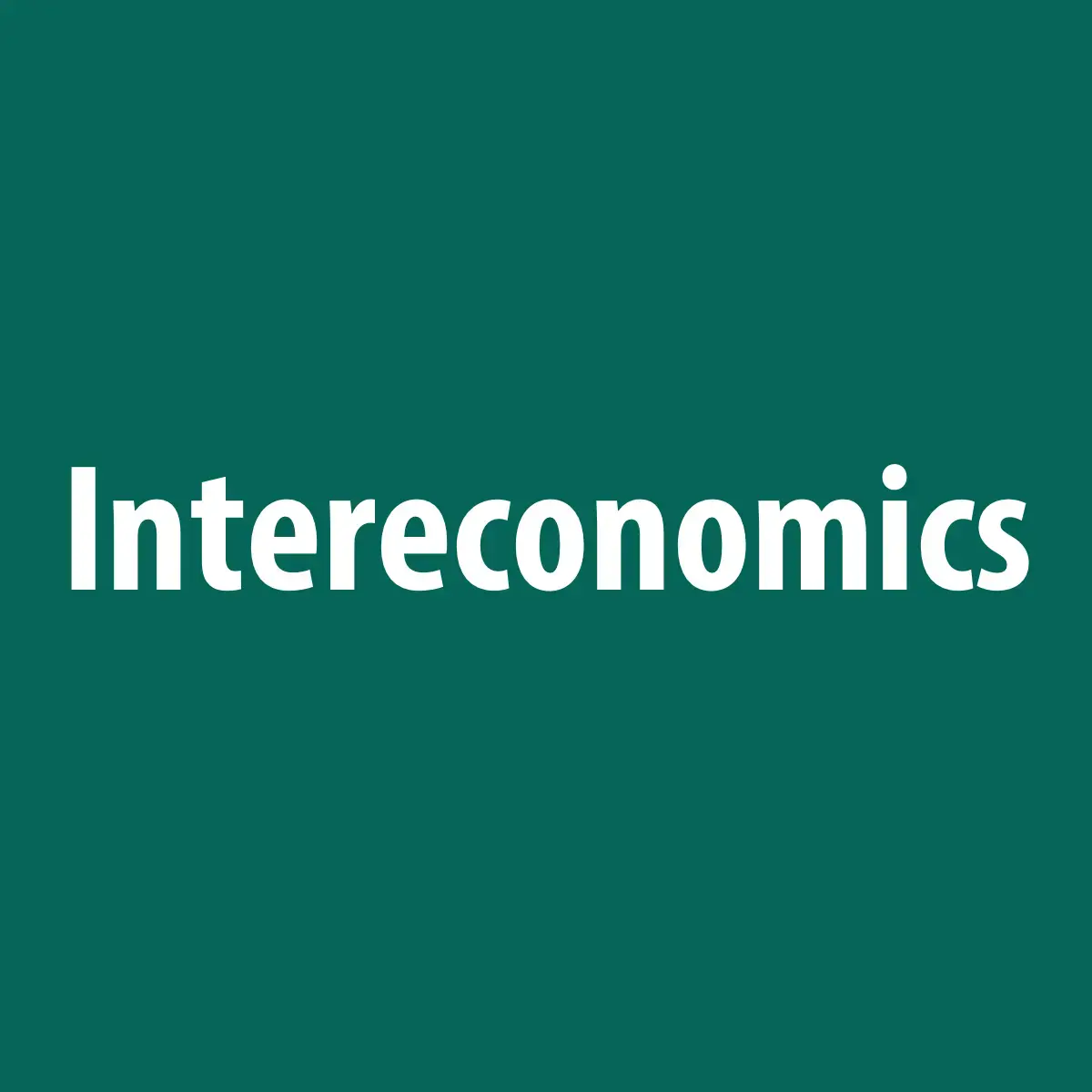Even by conservative measures, researchers say that China’s subsidies green-tech products such as battery electric vehicles and wind turbines is multiple times higher compared to the support granted to countriesin tbe European Union (EU) and the Organisation for Economic Co-operation and Development (OECD).
The researchers conclude that the EU should use its strong bargaining power due to the single market to induce the Chinese government to abandon the most harmful subsidies.
TLDR:
- Quantification of overall Chinese industrial subsidies is difficult due to "China-specific factors”, which include, most notably, below-market land sales, but also below-market credit to state-owned enterprises (SOEs), support through state investment funds, and other subsidies for which there are no official numbers.
- Even when taking a conservative approach and considering only quantifiable factors of these subsidies, public support for Chinese companies to add up to at least €221.3 billion, or 1.73% of GDP in 2019. Relative to GDP, public support is about three times higher in China than in France (0.55%) and about four times higher than in Germany (0.41%) or the United States (0.39%).
- Large industrial firms such as EV maker BYD are offered disproportionately more support. The industrial firms from China received government support equivalent to about 4.5% of their revenues, according to a research report. By far the largest part of this support comes in the form of below-market borrowing.
Regarding electrical vehicles, the researchers write:
China’s rise to the world’s largest market and production base for battery electric vehicles has been boosted by the Chinese government’s longstanding extensive support of the industry, which includes both demand- and supply-side subsidies. Substantial purchase subsidies and tax breaks to stimulate sales of battery electric vehicles (BEV) are, of course, not unique to China but are also widespread within the EU and other Western countries, where (per vehicle) purchase subsidies have often been substantially higher than in China. A distinctive feature of purchase subsidies for BEV in China, however, is that they are paid out directly to manufacturers rather than consumers and that they are paid only for electric vehicles produced in China, thereby discriminating against imported cars.
By far the largest recipient of purchase subsidies was Chinese NEV manufacturer BYD, which in 2022 alone received purchase subsidies amounting to €1.6 billion (for about 1.4 million NEV) (Figure 4). The second largest recipient of purchase subsidies was US-headquartered Tesla, which received about €0.4 billion (for about 250,000 BEV produced in its Shanghai Gigafactory). While the ten next highest recipients of purchase subsidies are all Chinese, there are also three Sino-foreign joint ventures (the two VW joint ventures with FAW and SAIC as well as SAIC GM Wuling) among the top 20 purchase subsidy recipients.



This is their advice? Make the technology for the green transition more expensive rather than enact your own subsidies?
Capitalists are going to burn this planet.